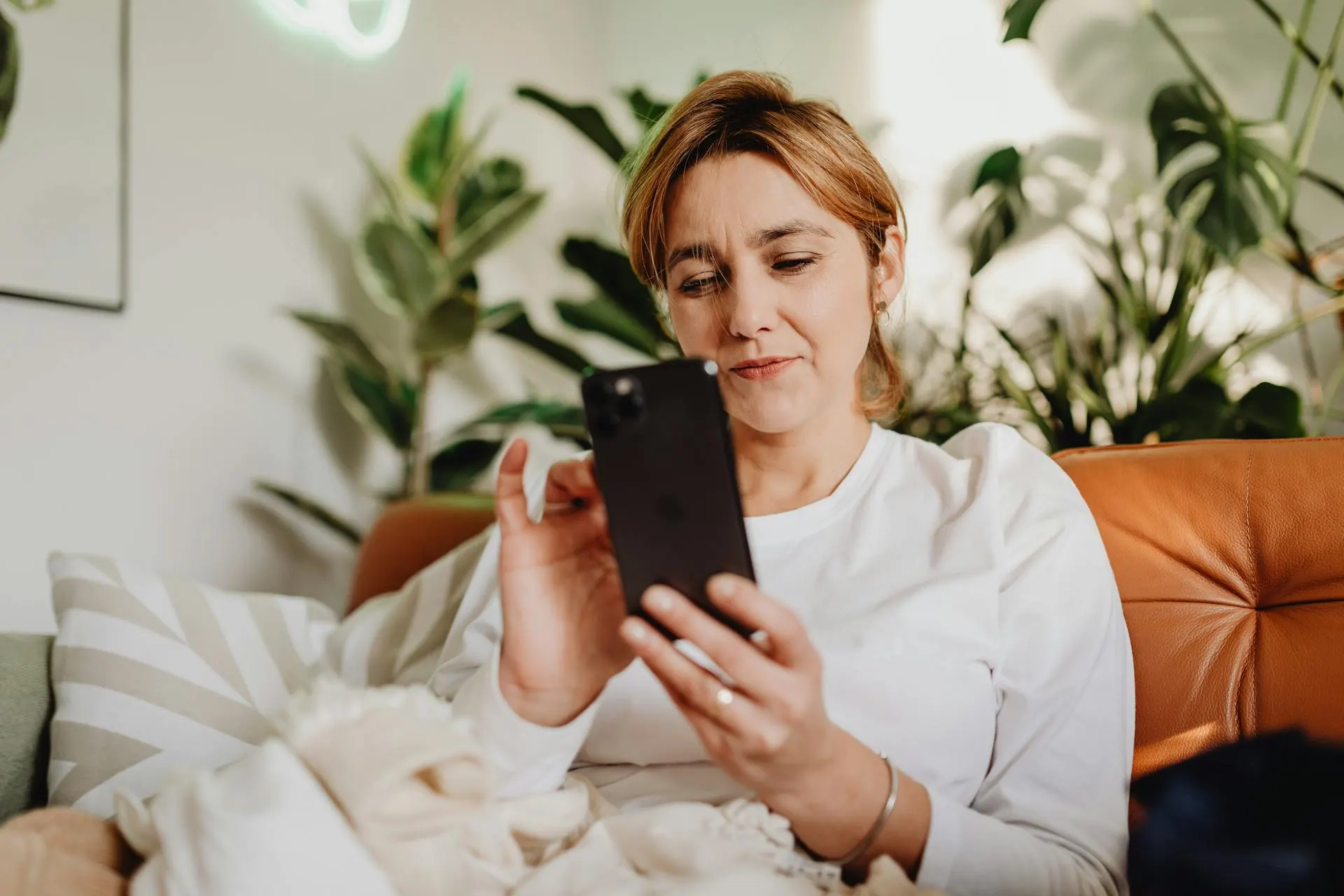IT Outsourcing Vendor-Management Best Practices for Mutual Success
01 Aug 2025Strong IT outsourcing vendor management is the difference between a strained supplier relationship and a true strategic partnership. When managed well, outsourced vendors consistently deliver higher-quality output, meet deadlines with fewer escalations, and proactively bring ideas to the table. You also gain better cost predictability and less operational risk. For IT leaders balancing multiple vendors or offshore teams, a structured approach to vendor relationship management ensures that both sides understand expectations and how success is measured. The following best practices will help you create a vendor ecosystem that drives performance, innovation, and long-term ROI.
What “Vendor Management” Really Means
Vendor management is truly much more than checking off invoices and doing miscellaneous tasks. It is about building that accountability-collaborative governance framework. A fine-tuned program recognizes SLA definition, KPI tracking, supplier performance reviews, communication cadence, and proactive contract management. To really be effective, vendor management should be the real foundation for continuous improvement and joint business outcomes—not just transactional delivery. IT development, support, or infrastructure outsourcing clearly benefits from a formalized process, which fosters transparency and trust, enabling the vendors to act as a true extension of your company.
7 Field-Tested Vendor-Management Best Practices
1. Set Clear, Measurable SLAs Up Front.
Agree upon 5 to 7 essential KPIs (e.g., uptime %, defect rate, and response time); document them in the SLA. Great way to set expectations and eliminate ambiguity.
2. Build a Shared Communication Cadence
Include weekly operational calls and monthly steering meetings to discuss progress and risks and maintain alignment.
3. Use a Simple Performance Scorecard
This is all quality, speed, cost, and innovation. Visual scorecards show trends and turn attention toward issues way sooner.
4. Align on a Joint Product / Roadmap Vision
Include vendors in the roadmap conversation so that they are on the same page in terms of priorities and can start to co-develop ideas.
5. Encourage Knowledge Transfer & Documentation
Raise the bar for documentation through policy and insist on regular handovers to reduce dependency upon single vendor resources.
6. Plan for Risk & Issue Escalation Early
Escalation paths, thresholds, and owners are predefined before a problem comes up, so everyone knows what to do instantly.
7. Review and Renew Contracts Proactively
Benchmark rates yearly, update KPIs according to requirements, and never renew contracts last minute by untrained negotiators.
The Mutual-Benefit Mind-Set
Great vendor relationships are not zero-sum. Treat them as partners invested in your being a success. Let the vendors have a view of the business context and celebrate the wins together with them; invite them to join in planning discussions as well. If vendors feel trusted, willing will they be to innovate and spend resources going the extra mile. Having said this, never shy away from a frank discussion when called for, for it is the transparency that earns respect. If you strike that balance between holding someone accountable and working together, it stands to encourage vendors to always improve their performance in service delivery, in cost containment, and even in bringing novel ideas to the table. This win-win approach offers stability and will ensure maximum long-term returns for both parties.
4-Step Roadmap to Put These Practices in Place
- Kick-off alignment: Define business goals, roles, governance model, and collaboration tools.
- Baseline KPIs & SLA sign-off: Capture metrics you’ll use to measure vendor success and secure buy-in from all parties.
- Quarterly health checks & scorecard reviews: Track performance against goals and address issues before they escalate.
- Annual strategy workshop + contract refresh: Realign priorities, benchmark market rates, and adjust KPIs or contract terms.
This cycle ensures vendors stay aligned with your evolving business objectives and continuously deliver value.
Common Pitfalls and Quick Fixes
Too many KPIs: Focus on 5–7 core metrics; more becomes noise.
Infrequent communication: Adopt regular, structured meetings to avoid misalignment.
No escalation plan: Document one from day one.
Contracts left to auto-renew: Schedule annual reviews to ensure terms remain competitive.
By spotting these pitfalls early, you’ll avoid costly vendor churn and performance issues.
Conclusion & Next Steps
Effective IT outsourcing vendor management turns vendors into strategic allies. Start small by implementing one or two of these best practices, then scale your program over time. The payoff is faster delivery, higher quality, and improved ROI.
Need expert help? Trawlii can help set up vendor scorecards, KPIs, and governance frameworks tailored to your business.




